
Last week, my six-year-old daughter and I were leafing through a magazine when suddenly, excited to see a page full of colorful tea party imagery, she did her usual iPad pinch-to-zoom gesture directly on the pages. Needless to say, I was highly amused as she grinned sheepishly while acknowledging her oversight.
This led me to realize just how fast technology is evolving right before our very eyes. We’ve evolved from a world where computers can weigh the same as a small house, to the current world where powerful smartphones can fit snugly in the palm of a child’s hand.
This also draws attention to the fact that open data or the data from companies that is available to competitors and even to consumers is now being increasingly used to benefit people and their businesses.
A commuter can now access accurate train schedules or even flight details using a smartphone. Virtual mirrors now exist to help a consumer ‘wear’ clothes that they wish to buy. Analysts can now use the data accessed by consumers to understand customer preferences while the available data blurs the gap between the virtual and the real. Customers meet people in the virtual world, order groceries as they wait for trains and have them delivered at home by the time they do!
This trend is only getting better and with wearable technology already making the rounds to improve our lives.
Here is a list of IT-enabled advancements that will use open data to blur the virtual and the real worlds in the months to come.
Like they say, the sky’s the limit.
1. Samsung’s transparent OLED displays fusing virtual and real world together
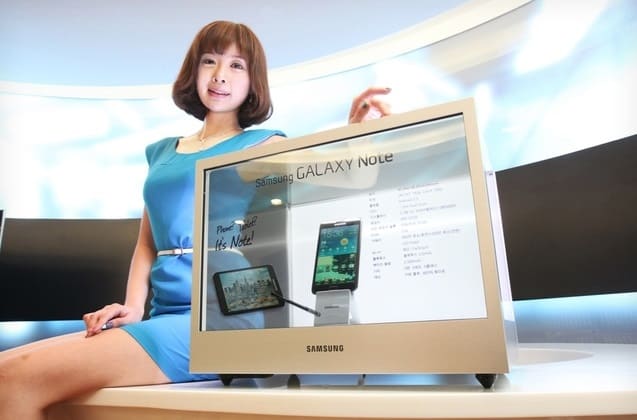
It’s pretty much common knowledge that Samsung is a global powerhouse when it comes to creating and marketing consumer electronics. This time, Samsung aims to up the ante by unleashing transparent OLED displays that can be used to persuasively project convincing digital imagery to the real world. Various news sources including this one reported that Samsung is well on the way to creating displays fueled by technology that can track a person’s presence and adjusts images based on the actual placement.
To envision this technology coming to life, try to imagine a typical departmental store window equipped with Samsung’s transparent displays. As a shopper passes by, he or she would be able to see digital images upon the transparent displays from just about any angle. The possibilities are indeed endless, because this technology can even be used in “try before you buy” scenarios where a window shopper can step behind the display and preview different apparel as if they have tried it on themselves.
Wishful thinking? Not quite so. Samsung has already launched its flagship LED square displays, most notably to cater to the B2B display market.
Apart from that, there was news that Samsung was filing patent for a flagship camera with transparent display. The Wall Street Journal reported the existence of a patent filing with the Korean Intellectual Property Rights Information Service for what seems to be a series of new digital cameras that boast of transparent displays.
If you wonder the reason behind this innovation, it is because the photographer and the subject can maintain eye contact during photography sessions. With so many possibilities in store, this new concept will birth a whole new generation of cameras and even smartphones.
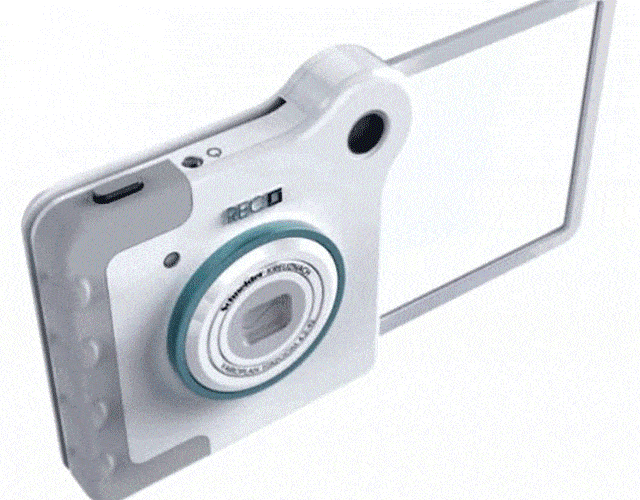
2. Leap Motion, changing the way movements are made
Leap Motion, a gaming company based in San Francisco, have made headlines after developing 3D motion sensor technology that tracks an individual’s natural hand movements along with its tendons, down to one hundredth of a millimeter. With this tiny device, users can browse the web, draw, paint, play games, and basically be involved in just about any computer interaction they desire.
3. Augmented Reality TV
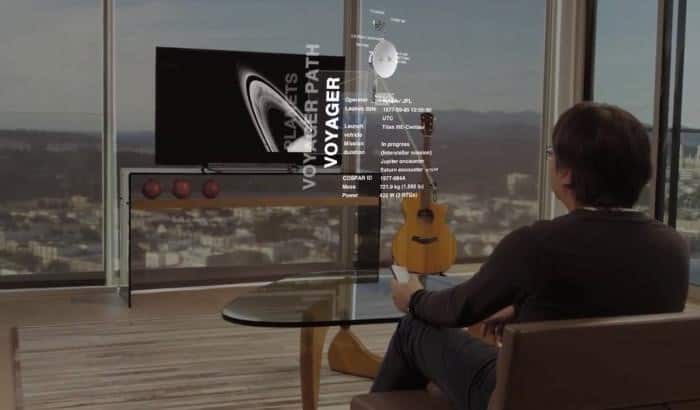
We all know that there are numerous ways technology can be used to enhance customer satisfaction, but Augmented Reality (AR) increases this to the next level by having customers visualize how actual products will look like, all in the comfort of their living room. Not only can a higher level of satisfaction be achieved, but AR can quite possibly change the way products and services are marketed all over the world.
Tapping into the wonders of AR with the intention to blur the lines between virtual and physical worlds, tech start-up SeeSpace created the InAiR augmented TV device. When used with a television set, the InAiR device creates layers within the TV screen, and when 3D mode is selected, viewers can manipulate the information and elements shown. This could possibly revolutionize the advertising and marketing realm as relevant and targeted information can be delivered to the right viewers, allowing them to manipulate layers of data ala Minority Report.
4. Interactive print media with Layar
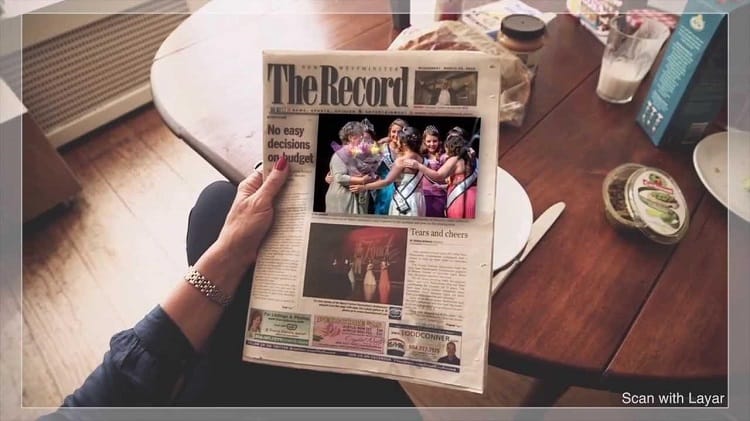
Ever wished for the existence of newspapers with moving pictures ala Hogwarts’ interactive Daily Prophet? Dutch startup Layar is attempting to revive the world of print media by incorporating “layers” of interactive digital content. Layar promises to “connect online and offline worlds” using augmented reality, and by doing so, marketers can grow their business while riding on the revival of traditional print media, given a fresh new boost in the form of digital content. To date, the Layar app has been downloaded more than 35 million times.
5. Other notable advancements
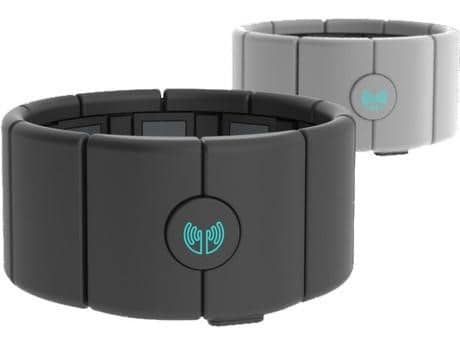
There are various other noteworthy advancements that have been created to bridge the gap between the real and virtual worlds. Microsoft’s Kinect and Google Glass are two such examples, while Thalmic Labs’s MYO armband is fast gaining traction as one of the most innovative products to be released in recent years. The armband retails at $149 and allows its wearer to wirelessly control devices (smartphones, computers, tablets, just to name a few) by tracking gestures via a Bluetooth connection.
Conclusion
With all these advancements, it makes me wonder just how long would it be before my child forgets that a simple mouse or desktop computer ever existed. Perhaps this will happen when we see flying cars over our heads and Back-to-the-Future hoverboards upon our feet. Maybe, just maybe, this would happen sooner than we imagine.
Want to learn more?
If you’d like to become an expert in UX Design, Design Thinking, UI Design, or another related design topic, then consider to take an online UX course from the Interaction Design Foundation. For example, Design Thinking, Become a UX Designer from Scratch, Conducting Usability Testing or User Research – Methods and Best Practices. Good luck on your learning journey!
(Lead image: Depositphotos)
